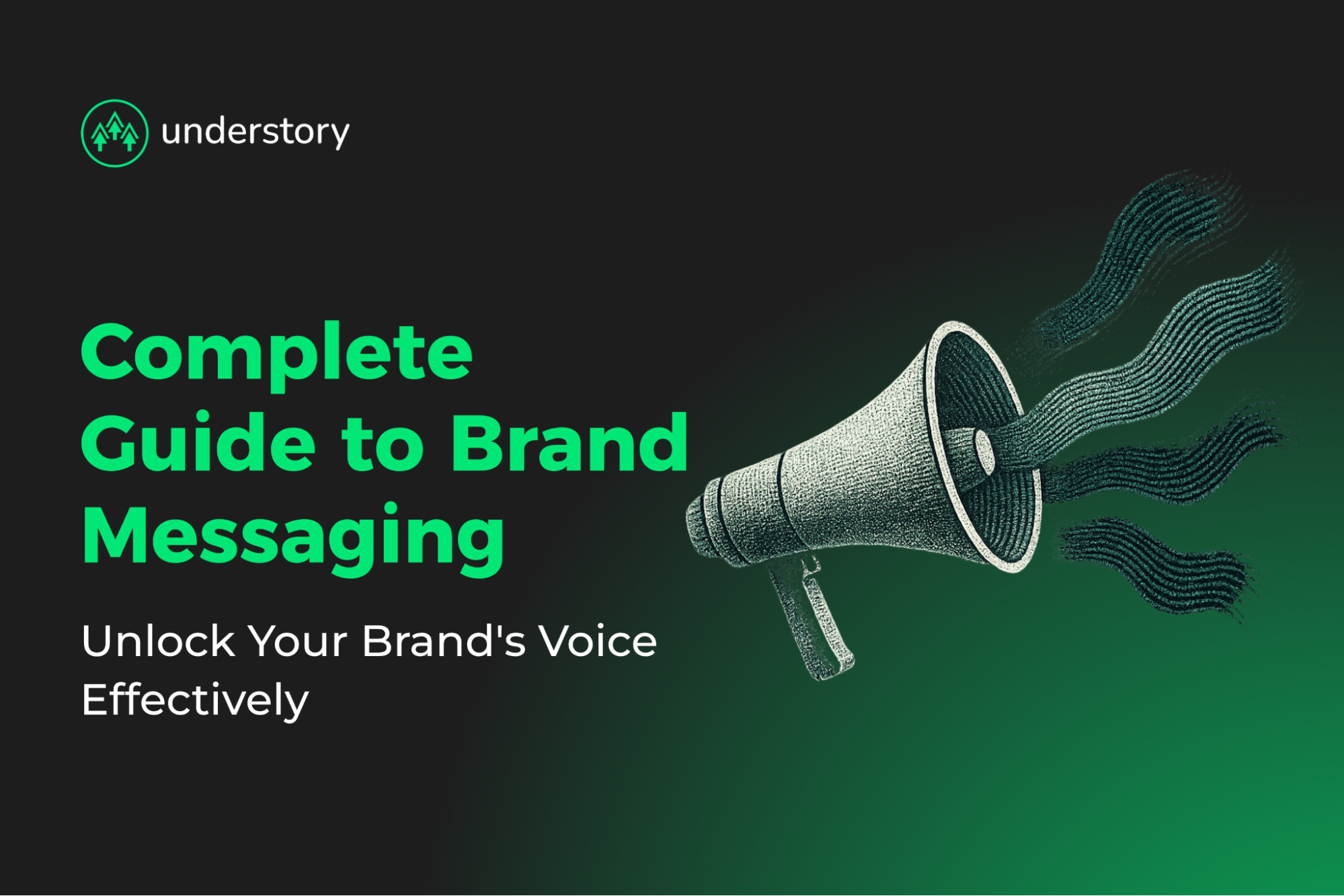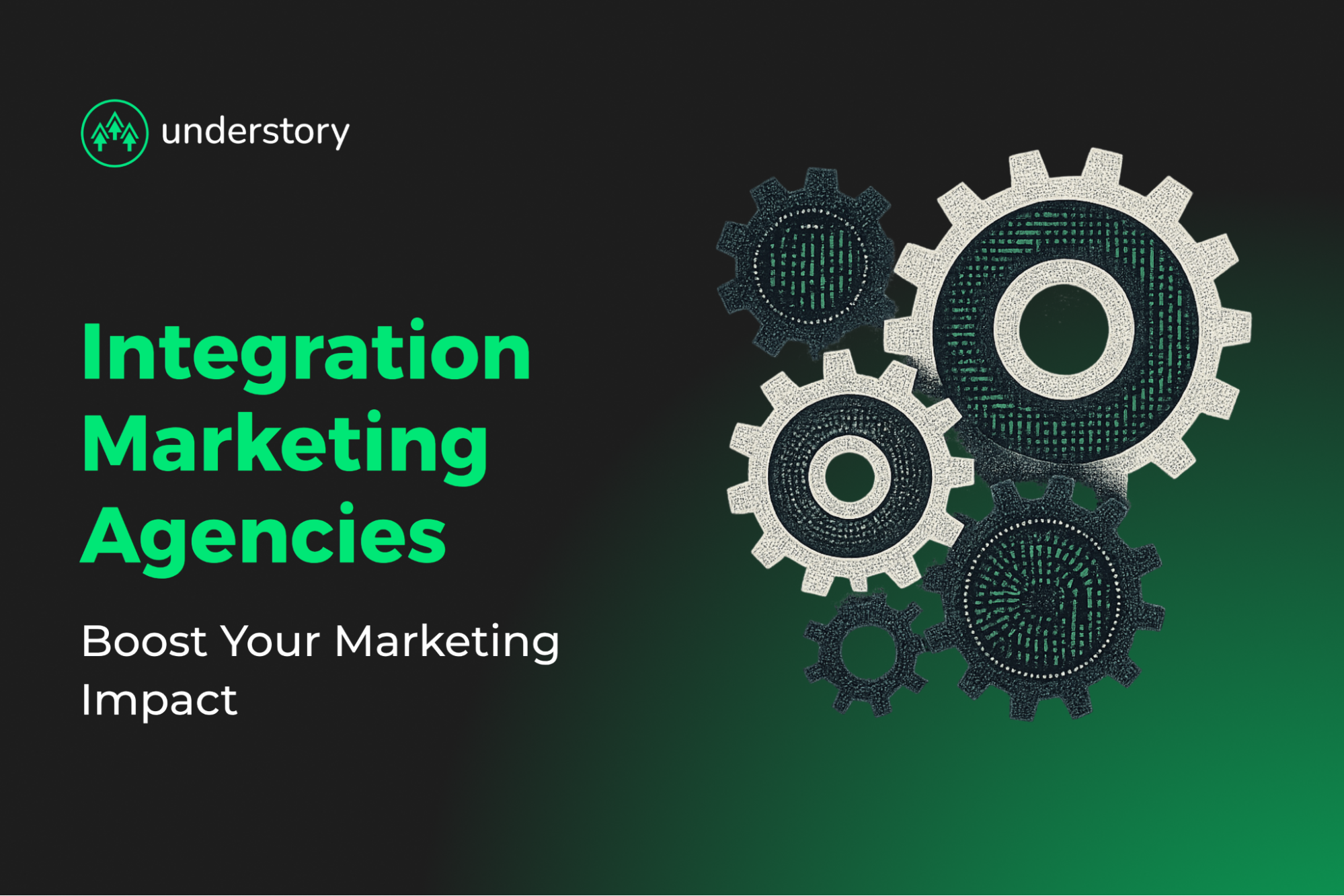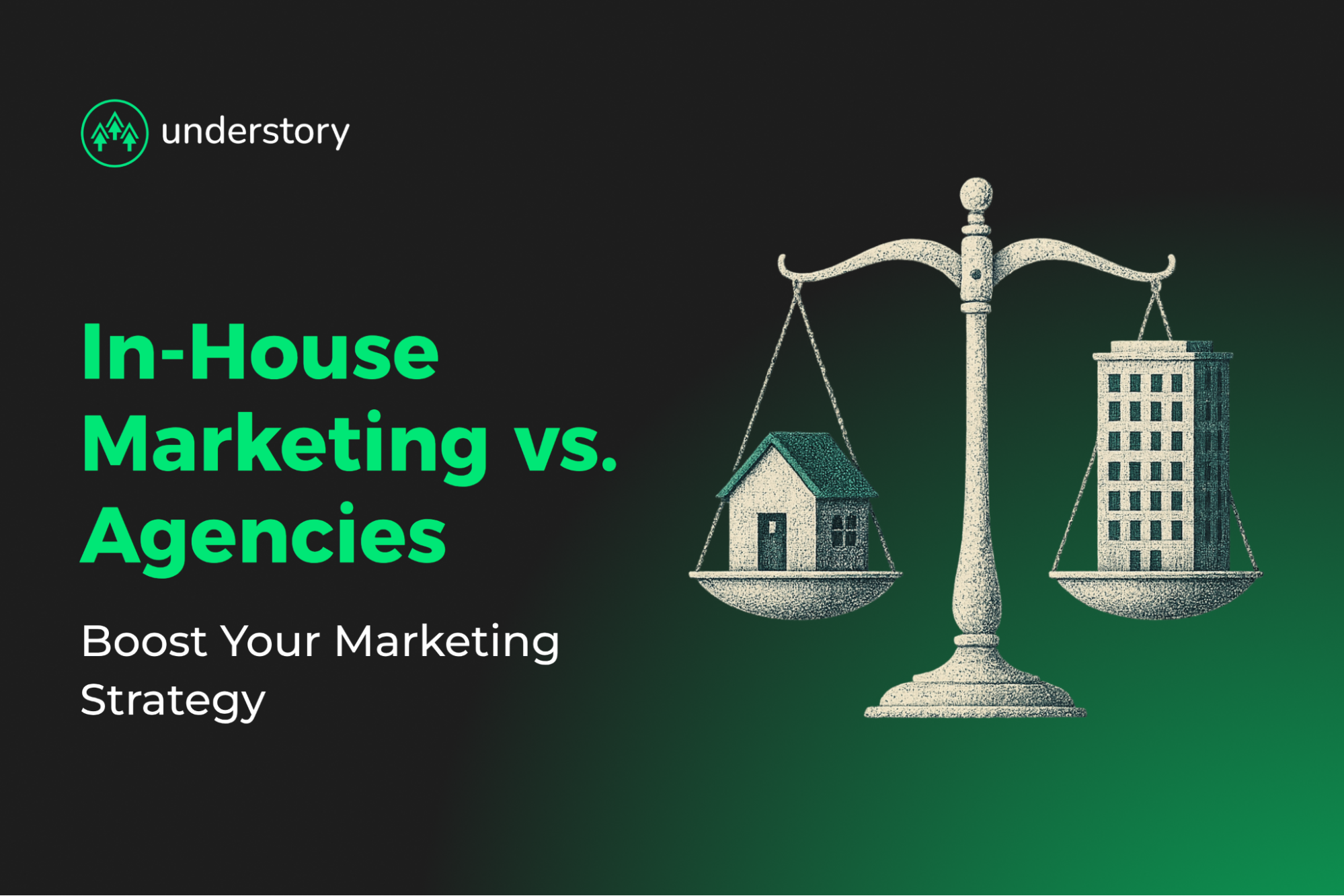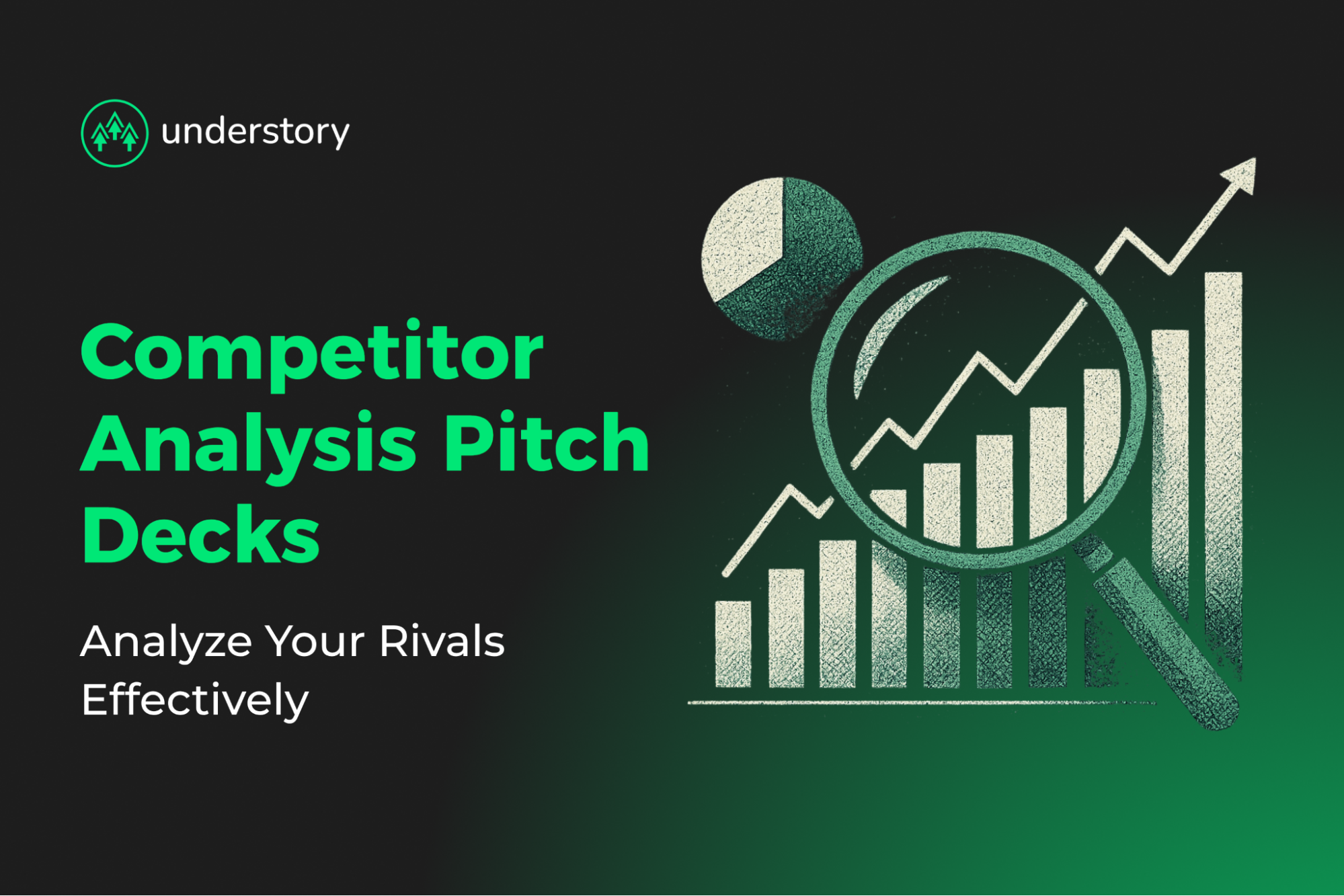

What is allbound marketing? And why it beats inbound vs. outbound
Siloed marketing can impact your bottom line.
Companies running isolated inbound and outbound programs need to coordinate separate paid agencies, SDR vendors, and content freelancers, which generally leads to fragmented data, duplicate spend, and prospects experiencing disjointed messaging.
Isolated inbound and outbound programs also typically mean higher customer-acquisition costs (CAC) than peers who integrate the two.
Allbound coordination eliminates the specialist management overhead. It's a data-driven, multichannel revenue strategy that synchronizes inbound attraction with targeted outbound engagement so every buyer touchpoint feeds the next. Instead of treating SEO, LinkedIn ads, and cold outreach as separate campaigns, allbound turns them into one continuous feedback loop where content provides strategic positioning, outbound activates interest, and real-time engagement data refines both.
Read on to learn more about what allbound marketing means and what engine powers it.
What is allbound marketing?
Allbound marketing is a data-driven, multichannel revenue strategy that synchronizes inbound attraction with targeted outbound engagement, ensuring every buyer touchpoint feeds the next. Growth leaders implement this approach to eliminate coordination overhead and stop wasting time managing disconnected specialists.
Today's B2B buyer typically engages with multiple touchpoints spread across search, social, email, and direct outreach. When inbound and outbound teams run separate programs, each optimizes for its own metrics while prospects receive disconnected messages that feel inconsistent or interruptive. Budget gets duplicated, attribution stays murky, and pipeline velocity slows.
Traditional go-to-market playbooks make coordination worse. Linear funnels assume buyers move neatly from awareness to consideration, then wait for sales calls. In practice, those buyers toggle between competitor comparison posts, LinkedIn retargeting ads, and cold email sequences in a single afternoon. Treating those moments as unrelated wastes paid media spend and lowers response rates.
Allbound coordination flips that dynamic. Content becomes air cover that warms prospects before outbound lands in their inbox. When someone downloads a guide, that intent signal triggers personalized outreach sequences. Cold prospects who ignore emails get retargeted with problem-solving videos instead of generic follow-ups. The same data powers both directions, creating feedback loops that compound over time.
This integrated approach creates seamless buying experiences where inbound insights fuel outbound timing and vice versa. Instead of managing separate campaigns with disconnected results, you get a unified system where every touchpoint strengthens the next.
The two engines of allbound marketing
Siloed campaigns kill revenue because data gets trapped in channel-specific dashboards. Integrated coordination fixes this with two synchronized engines: paid media generates constant signal, and GTM engineering converts those signals into high-intent conversations.
Google Ads clicks, LinkedIn impressions, and nurture email opens flow into HubSpot or Salesforce, trigger enrichment in Clay, then launch Smartlead, Instantly, or HeyReach sequences. When a prospect replies to an outbound email, their action feeds attribution models that optimize future ad bids.
Every touchpoint gets captured, so you can route prospects through multiple interactions without losing context.
Paid media foundation
Paid media generates consistent prospect signals and creates broad awareness before targeted outbound touchpoints.
Here are some examples of how paid media delivers predictable reach at scale:
- Google search captures declared intent
- LinkedIn and Meta build category demand
- Programmatic display keeps your brand in front of buying committees that research outside business hours
Tight audience filters, such as job title, firmographic data, and in-market signals, let you control cost per lead while dominating where your buyers already spend time.
Key engagement events such as form fills and qualified interactions are logged in your CRM, enabling RevOps to analyze channel-level pipeline velocity rather than relying on vanity metrics. With the right integrations, insights from over-performing campaigns on specific industries or geographies can help inform the creation of look-alike audiences to optimize media spend more effectively.
Consistent exposure shortens the mental distance between "Who are you?" and "Let's book a demo," accelerating initial meetings while protecting long-term CAC. Your paid budget connects to attribution models, so you reallocate dollars toward ads that influence closed-won deals rather than just MQL volume.
In other words, media drives leads, leads drive richer data, and data drives cheaper media.
Modern go-to-market engineering
Go-to-market (GTM) engineering converts paid signals into pipeline.
Real-time intent feeds like website visits, product-review page activity, or partner ecosystem signals stream into unified CRM. Enrichment tools like Clay append firmographics and trigger AI scoring that ranks accounts by revenue potential and timing. Multichannel sequencers launch personalized email, LinkedIn, and phone touchpoints that reference the exact content the prospect engaged with minutes earlier.
RevOps dashboards connect every activity to pipeline stages, giving marketing and sales the same scoreboard. When outbound reply rates dip, you see whether the issue is messaging, list quality, or weak offers. That closed-loop reporting is why teams running full integrated programs report faster pipeline creation and lower CAC compared with siloed tactics.
Automation then amplifies human expertise. AI suggests subject lines, surfaces relevant case studies, and schedules follow-ups based on inferred buying cycle length, while reps focus on high-leverage conversations.
GTM engineering pushes engagement data back to ad platforms so that:
- When an email bounce signals a bad fit, that domain gets excluded from future campaigns
- When a prospect moves to proposal, look-alike audiences expand
This bidirectional flow keeps every channel accountable to revenue, not just clicks.
How allbound marketing works in practice
Growth teams waste strategic time coordinating between paid media specialists, outbound teams, and creative freelancers while prospects receive disconnected experiences.
Here's what an allbound marketing workflow that reduces the need for coordination can look like:
- Data-driven targeting - Start by enriching your CRM with intent data and outbound research. Website visits, content downloads, and ad clicks reveal who's leaning in. AI enrichment tools surface firmographic details so sales prioritizes the right accounts. Modern buyers need multiple touches before serious conversations, making this consolidated view non-negotiable for speed.
- Multichannel execution - Content establishes credibility while paid and outbound channels handle heavy lifting. A prospect reading your comparison guide on LinkedIn immediately enters a personalized email/LinkedIn cadence from sales. Paid search, retargeting, and direct outreach run in parallel, delivering consistent messaging everywhere prospects look.
- Real-time actions - Engagement triggers fire automatically. Repeat site visitors get higher lead scores in HubSpot, high-intent accounts route to SDRs, and low-intent leads remain in nurture workflows. Automation handles repetitive tasks, letting lean teams operate like enterprise RevOps functions without extra headcount.
- Continuous optimization & feedback loops - Every channel writes back to the same dashboards. When outbound email response rates dip, you can see whether ad fatigue, message relevance, or list quality is the culprit and recalibrate within days, not quarters.
This four-step workflow succeeds when built on a single data spine.
For example, when a webinar attendee enters a LinkedIn retargeting pool, they also enter a sales cadence referencing their exact session. Conversely, when outbound calls uncover new pain points, those insights inform next month's blog calendar, sharpening SEO relevance. The data flow must be bidirectional for every touchpoint to strengthen the next.
For this to work, marketing and sales must share unified playbooks. Shared SLAs, joint dashboards, and weekly stand-ups keep targeting rules, creative, and follow-up timing synchronized. When both sides see the same engagement data, you eliminate handoff delays that kill pipeline velocity.
Run these four steps on a unified data foundation and prospects get seamless buying experiences while your team enjoys operational calm from true coordination.
Why allbound beats inbound-only and outbound-only
Teams adopting integrated approaches generally see lower CAC and faster pipeline growth compared to single-channel strategies. Unified targeting and feedback loops eliminate the waste inherent in running inbound and outbound separately.
You already know the trade-offs. Inbound compounds but takes quarters to move pipeline. Outbound spikes activity but drains budget and goodwill just as quickly. Integrated coordination changes the math entirely.
| Dimension | Inbound-Only | Outbound-Only | Integrated |
|---|---|---|---|
| Speed to Pipeline | Slow ramp; content needs time to rank and nurture | Immediate responses but fades once spending stops | Outbound accelerates early interest while inbound assets keep momentum, shortening sales cycles |
| Cost / CAC | Compounding ROI; content amortizes over time | High, linear costs—payment stops, pipeline stops | Blended spend eliminates overlap and waste, delivering ~30% lower CAC on average |
| Buyer Experience | Self-directed research, high trust | Often perceived as intrusive "spray and pray" outreach | Contextual: educational content warms prospects before tailored outreach lands in their inbox |
| Scalability | Limited by content production bandwidth and algorithm changes | Limited by budget and list fatigue | Scales by routing inbound intent into automated yet personalized outbound sequences |
| Team Alignment | Marketing-heavy; sales waits for hand-raisers | Sales-heavy; marketing supports ad hoc | Shared dashboards and SLAs keep both sides accountable to the same revenue goals |
| Data Utilization | Engagement analytics stay in marketing | Call and sequence data stay in sales | Unified CRM + automation surfaces every touchpoint for smarter segmentation and creative testing |
Inbound-only hits the content ceiling
Organic reach fights tens of thousands of similar posts every week while algorithms keep reducing unpaid visibility. Even best-in-class content engines struggle to break through the noise. Relying solely on inbound means waiting while competitors run outbound plays straight into your accounts.
Outbound-only burns through prospect goodwill
Buyers tolerate a few personalized messages and ignore the rest. Spray-and-pray sequences damage domain reputation, inflate CPL, and make future outreach harder. Without inbound content establishing expertise, your team becomes just another cold email in an already crowded inbox.
Integrated coordination solves both problems
When a prospect downloads your guide, the system enriches the record, scores the account, and triggers a hyper-relevant outbound sequence. A cold prospect who clicks your LinkedIn ad enters a nurture track packed with the same assets your inbound audience values. Every action feeds the next, so you spend less time chasing unqualified leads.
Teams running this coordination see reply rates surge while CPL drops through paid LinkedIn ads married with intent-driven outbound. Stop choosing between "slow and cheap" or "fast and expensive." Unified coordination lets you move fast, spend smart, and give buyers an experience that earns the meeting.
Getting started with an allbound launch plan
Growth leaders waste months coordinating between paid media specialists, outbound teams, and creative freelancers while prospects receive disconnected experiences. You can eliminate this coordination overhead and build a unified growth engine in 120 days through ruthless sequencing: audit your data first, connect the systems second, align the teams third, then launch coordinated campaigns.
Audit your fragmented channels
Pull every touchpoint from your CRM, ad platforms, and outbound tools. Map where qualified pipeline actually originates, current cost per MQL, and where prospects drop between handoffs. This structured audit exposes hidden waste like duplicate spend, incomplete nurture sequences, and buyers who leak out between uncoordinated touchpoints that occur when specialists operate separately.
Connect your tech stack
With coordination gaps exposed, connect a minimum viable stack: CRM (HubSpot or Salesforce), marketing automation, enrichment tools like Clay, and multichannel sequencers such as LaGrowthMachine. Shared prospect data becomes non-negotiable. RevOps dashboards must show marketing teams' outbound reply rates while sales sees content engagement in unified views.
Eliminate hand-off friction
Sit growth, sales, and RevOps together to define one lifecycle model: MQL → SQL → Opportunity.
Establish response-time agreements, attribution logic, and pipeline targets before deploying campaign budgets. This alignment prevents the hand-off friction that kills outbound momentum when inbound signals get ignored between specialist teams.
Launch coordinated campaigns
Start with a focused 30-day pilot combining LinkedIn and Google retargeting with sequenced outbound plays. Budget around $5k in paid media, which is enough for statistically meaningful prospect data without overcommitting resources.
Feed every engagement back into your CRM, adjust targeting weekly, and trigger automatic sequence adjustments when high-intent prospects engage. Week eight should show faster pipeline velocity; week twelve lets you double down on the highest-ROI coordination.
Look at growth metrics that matter
Track cost per MQL and cost per pipeline dollar, speed from first prospect touch to qualified opportunity, and closed-won rate trends. Connect these numbers to weekly cross-functional reviews so optimization happens while campaigns run live, not after specialists finish separate monthly reports.
Respect the sequence, trust the prospect data, and your first four months replace specialist coordination chaos with unified growth execution.
End the inbound vs. outbound debate with allbound marketing
Separate inbound and outbound programs drain resources while SaaS competitors move faster with coordinated approaches. Your outbound demands constant ad spend, your inbound takes months to compound, leaving gaps that cost deals to more agile competitors.
Understory's allbound coordination eliminates this specialist management overhead, delivering lower CAC and faster pipeline velocity for SaaS companies with technical products and $20K+ ACVs.
Time to stop managing disconnected specialists. Audit your current GTM approach, book an assessment call with Understory, and transform your pipeline generation into a single, coordinated engine that delivers sophisticated messaging for educated SaaS buyers.




